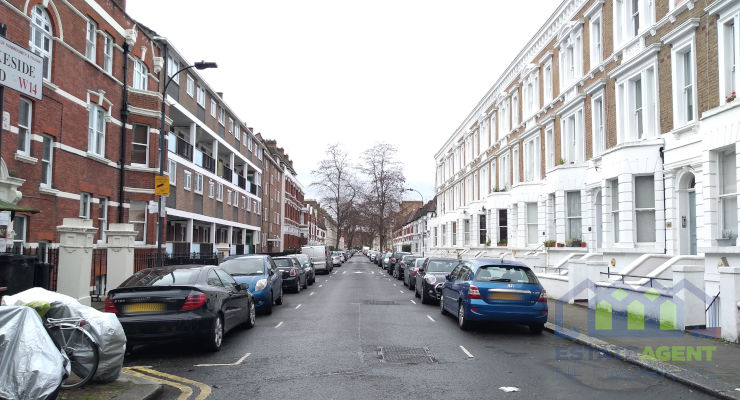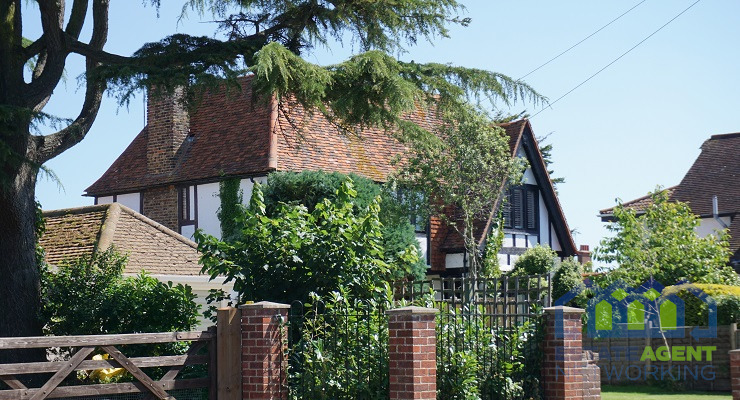We should not ignore Help to Buy’s successes
Help to Buy, a demand-led initiative, has helped more people buy the right homes in the right places. That fact is inescapable. However, it is also true that Help to Buy has not transformed quickly enough to target those who need it most, with the Government failing to introduce enough supply measures alongside it.
Help to Buy has allowed people to buy homes more quickly, while releasing smaller homes for the second hand market. It has also helped many more people move into family and first homes. However, it has not made homes more affordable.
More than 211,000 homes have been bought using the scheme, with over a third (37%) of people saying they could not have bought a new property without it. Around 80% said it allowed them to buy more quickly.
Buyers outside of London typically bought family-sized houses, whereas inside London, the majority of sales were flats. Around 57% of properties were sold for less than £250,000, but most homes sold using the scheme were more expensive than non-Help to Buy homes.
Approximately 43% of buyers would not have afforded similar property without the scheme’s assistance, but expensive areas saw the lowest take-up.
Although more than 2,000 small and medium-sized developers registered for the scheme, five volume developers delivered more than half the properties sold.
Richard Beresford, chief executive of the National Federation of Builders (NFB), said: “Help to Buy helped many people get their first home more quickly and has assisted more people stay in their communities. Those successes should not be ignored.”
Rico Wojtulewicz, head of housing policy at the House Builders Association (HBA), said: “Help to Buy has worked, but the Government needed to make it more targeted and look for ways to increase supply and reduce homebuyer reliance on the scheme. With four years still to run on the scheme, the Government must realise that reform is well overdue.”









